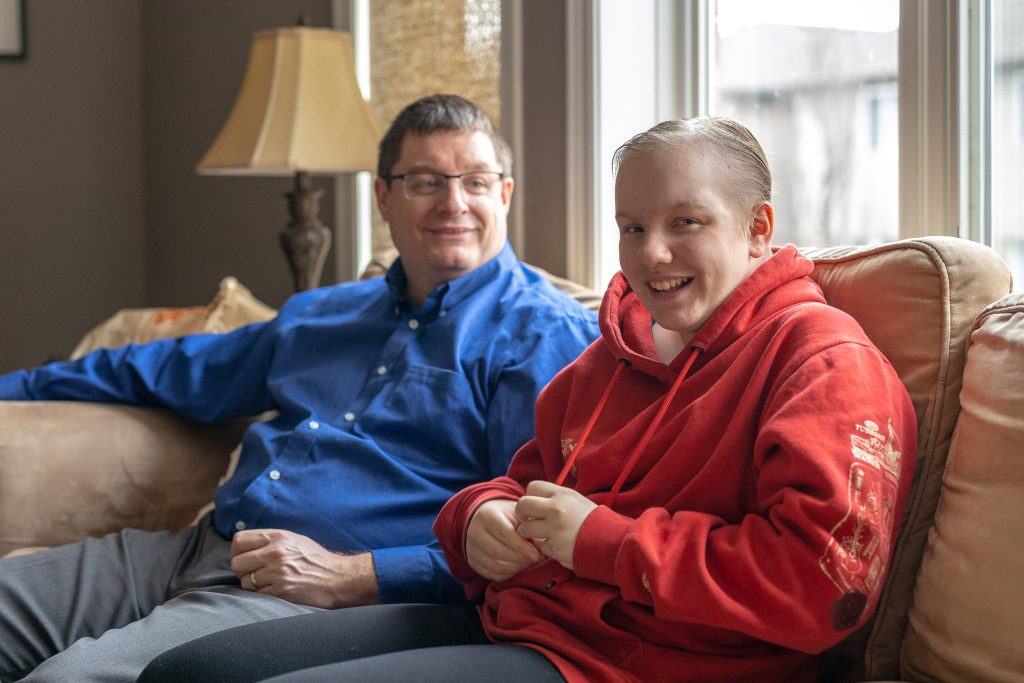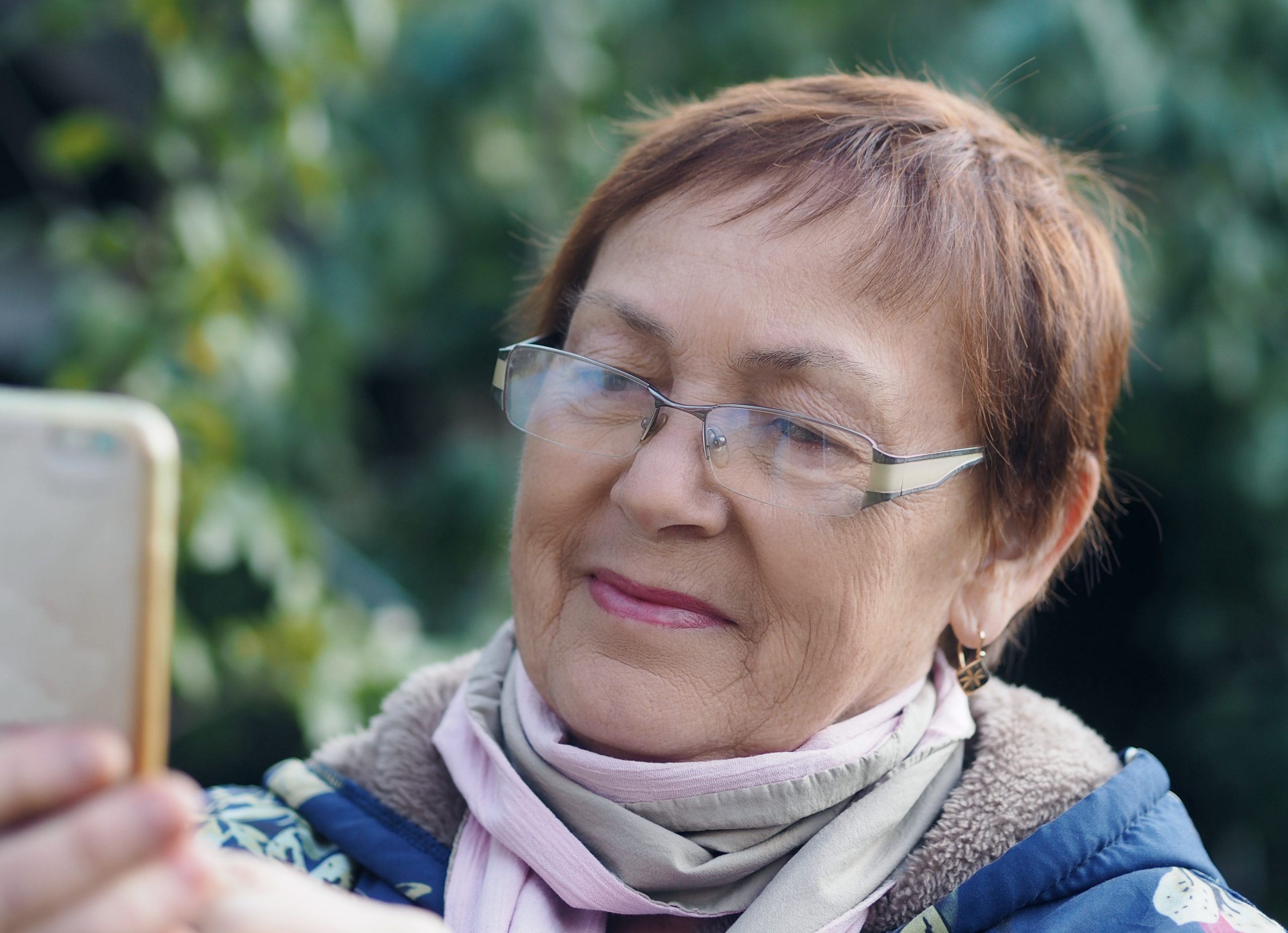
MyChart makes it easier for parents to be “partners in care.”
“As a parent, when your child is going through treatment, the learning curve is really steep,” says Jeff Brinson. “And all of a sudden we’re learning the science behind the treatment.”
Brinson’s 12-year-old daughter Claire has Ewing sarcoma, a rare type of cancer that occurs in the bones or the tissues around the bones. She has had surgeries, chemotherapy, bloodwork, cat scans, MRIs and many clinic visits at Hamilton Health Sciences’ (HHS) McMaster Children’s Hospital (MCH).
“We’re partners in their care. And so for us to be able to see everything, we can be that partner.”
Brinson says being able to access Claire’s health record online would mean comfort and convenience. “Having the ability to go back and see the test results right on the spot is handy,” he says. “There’s a certain comfort level in knowing the data.”
This will be possible starting in June, when HHS launches MyChart. The MyChart patient portal is a key part of HHS’ new hospital information system, called Epic. MyChart is a free, secure, online tool that gives patients easy access to their HHS health record anytime, from anywhere. Patients can securely view test results, enter personal health information, and attend video visits.
Proxy access
An important feature of MyChart is proxy access. “Proxy” is the authority to represent someone else. In MyChart, proxy access means granting another person access to view your health information, such as a family member or guardian. This is an especially important feature for parents and caregivers of MCH patients.
“So in the future when there’s a proxy access, that’s going to be a real benefit to patients and families because you’re going to be able to go in and see all of the appointment details and the child is also going to see,” says Brinson. “Even something as simple as remembering who the doctor is or the names of people that we’ve met with is going to be a real benefit.”
How proxy access works
In order to see a child’s chart, a caregiver would make a MyChart account for themselves, even if they have never been an HHS patient. This would allow the caregiver to see their child’s medical information until they reach 12 years old once they are verified.
After the age of 12, a child can make their own account and give consent for their caregiver to have proxy access, or a parent or caregiver can remain the primary account holder. At 16 years old, the consent given at age 12 expires and the chart is considered an “adult chart.” At this point, teens and adults can give proxy access to others within the tool should they choose to.
If a patient is 12-16 years old and wants to have their parent as a proxy, there will be an adolescent attestation form that the child will sign to allow the parent to have access. They can also indicate if the parent should have lower level of access.
People will get reminders six months and two months before a child’s twelfth and sixteenth birthdays to remind them about changes coming up in the system and prompt them to start talking about what they want to do.
There will be some exceptions for children who will never have the capacity to have their own account, in which case proxy access will be able to be continued indefinitely.
On the other hand, for children younger than 12 who are highly engaged in their own healthcare, there may be an opportunity to have their own MyChart account. If this describes your situation, speak to your healthcare provider.
Easier video appointments
Brinson has used MyChart at St. Joseph’s Healthcare Hamilton for his own health care so he knows how useful it would be to access Claire’s health record.
“Claire will be followed for the rest of her life and so she’ll be attending clinics at the aftercare program and she’ll be attending those clinics for years to come,” he says.
Brinson experienced some of the other features of MyChart as part of his own healthcare. “I was doing video appointments. That was a real benefit because everything was there. You didn’t have to look for the email with the link. It sends you notifications to remind you about your appointment,” he remembers. “It also lists upcoming appointments, past visits, you can get test results, see your medications, and find the names of your doctors. It’s all there.”
Partners in care
Brinson knows how important it is for children, their caregivers, and the healthcare team to be partners in care. Having information available for everyone involved helps to open the lines of communication and understanding.
“It’s important for, children, adolescents and tweens to have access to their medical records. They can start to understand their own care and what’s happening with their own care,” he says.
“But for parents to have access to that proxy as well, we’re partners in their care. And so for us to be able to see everything, we can be that partner.”
Stay tuned for the launch of MyChart by Epic this June.



